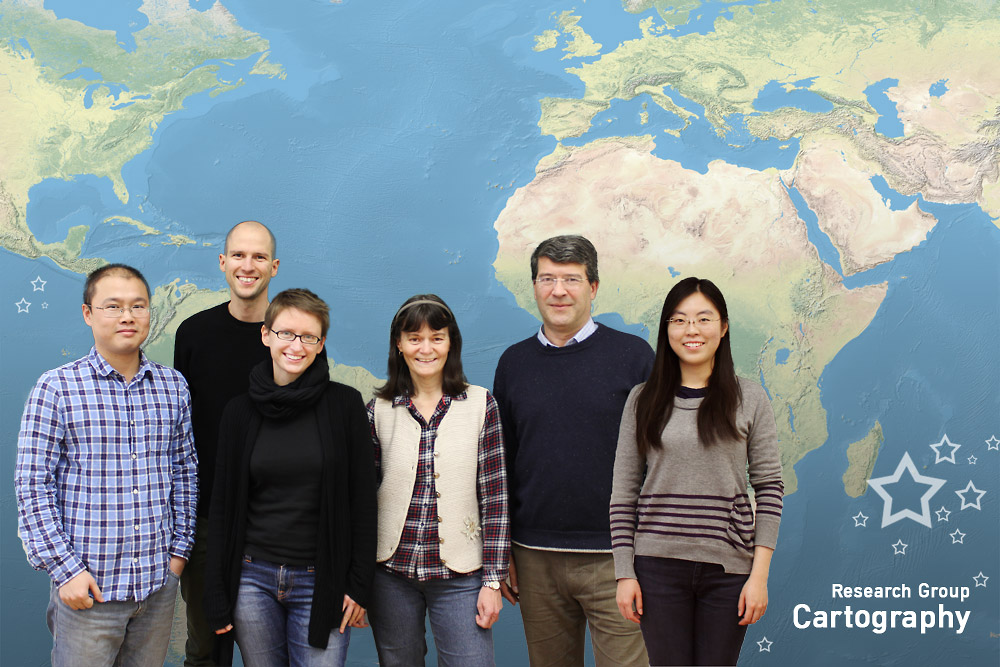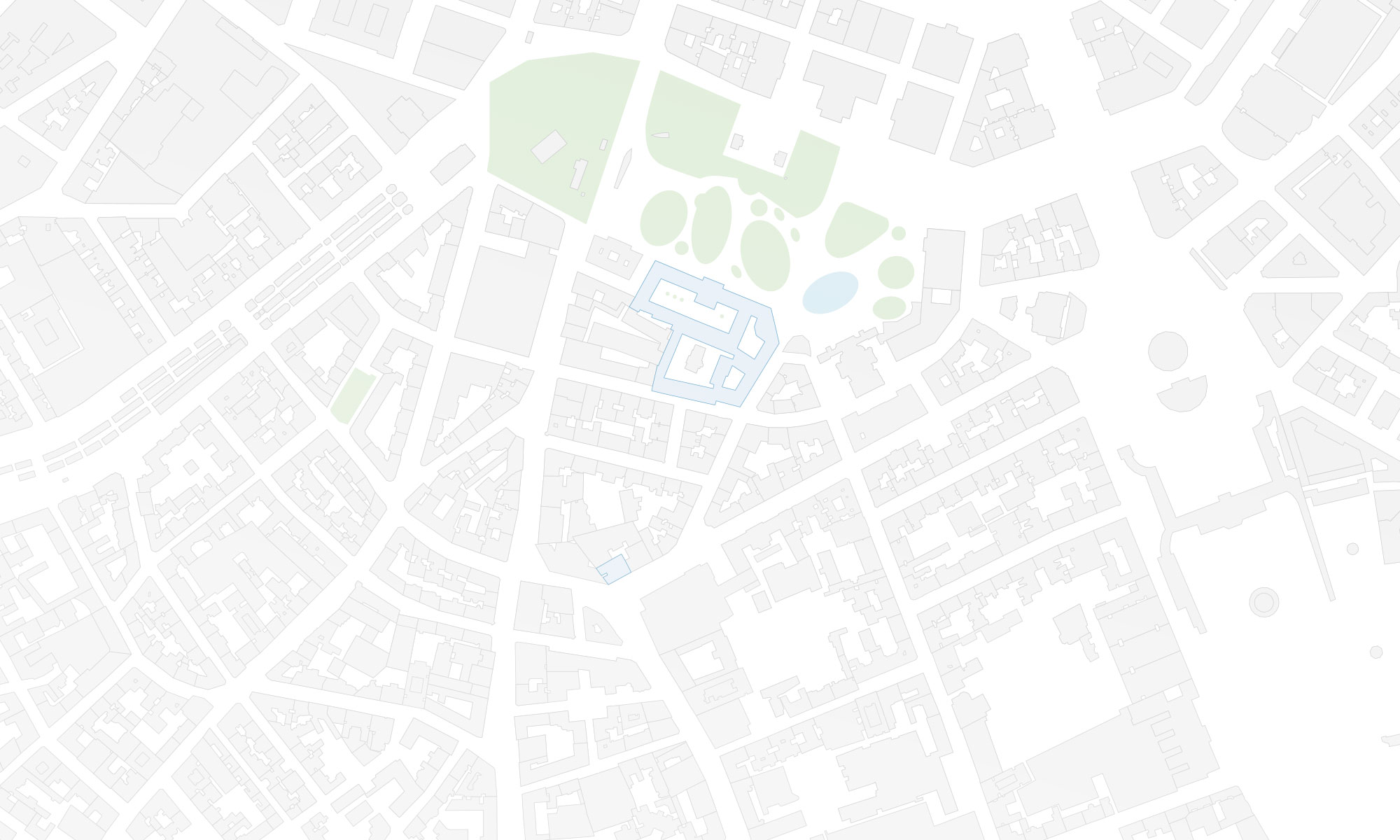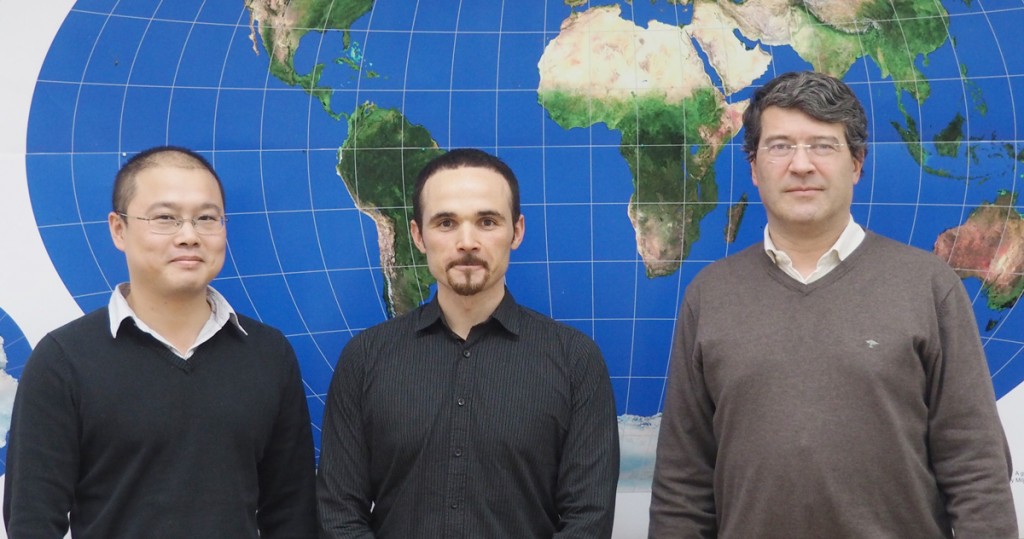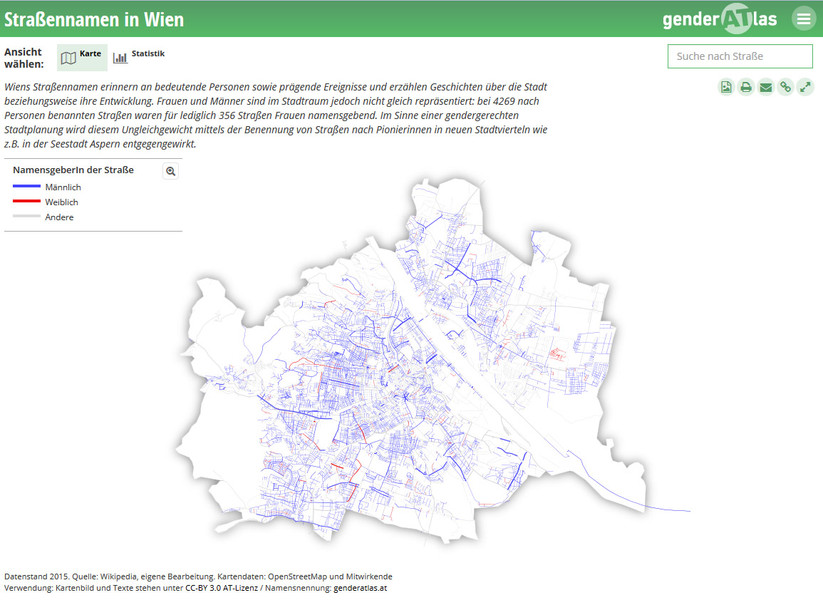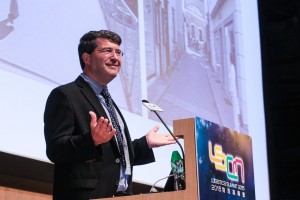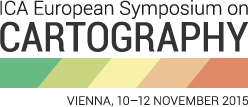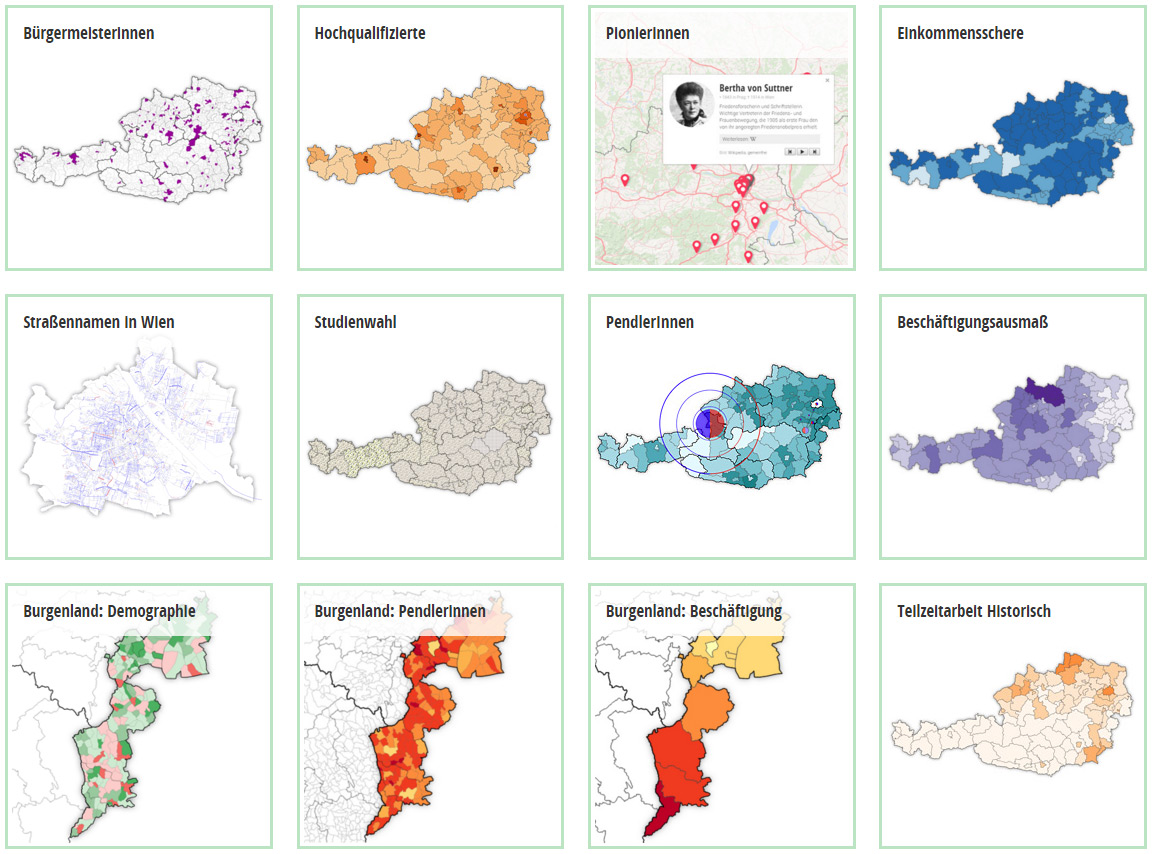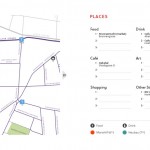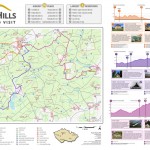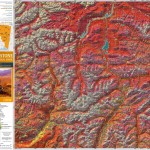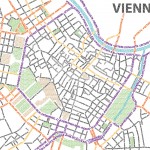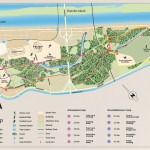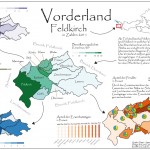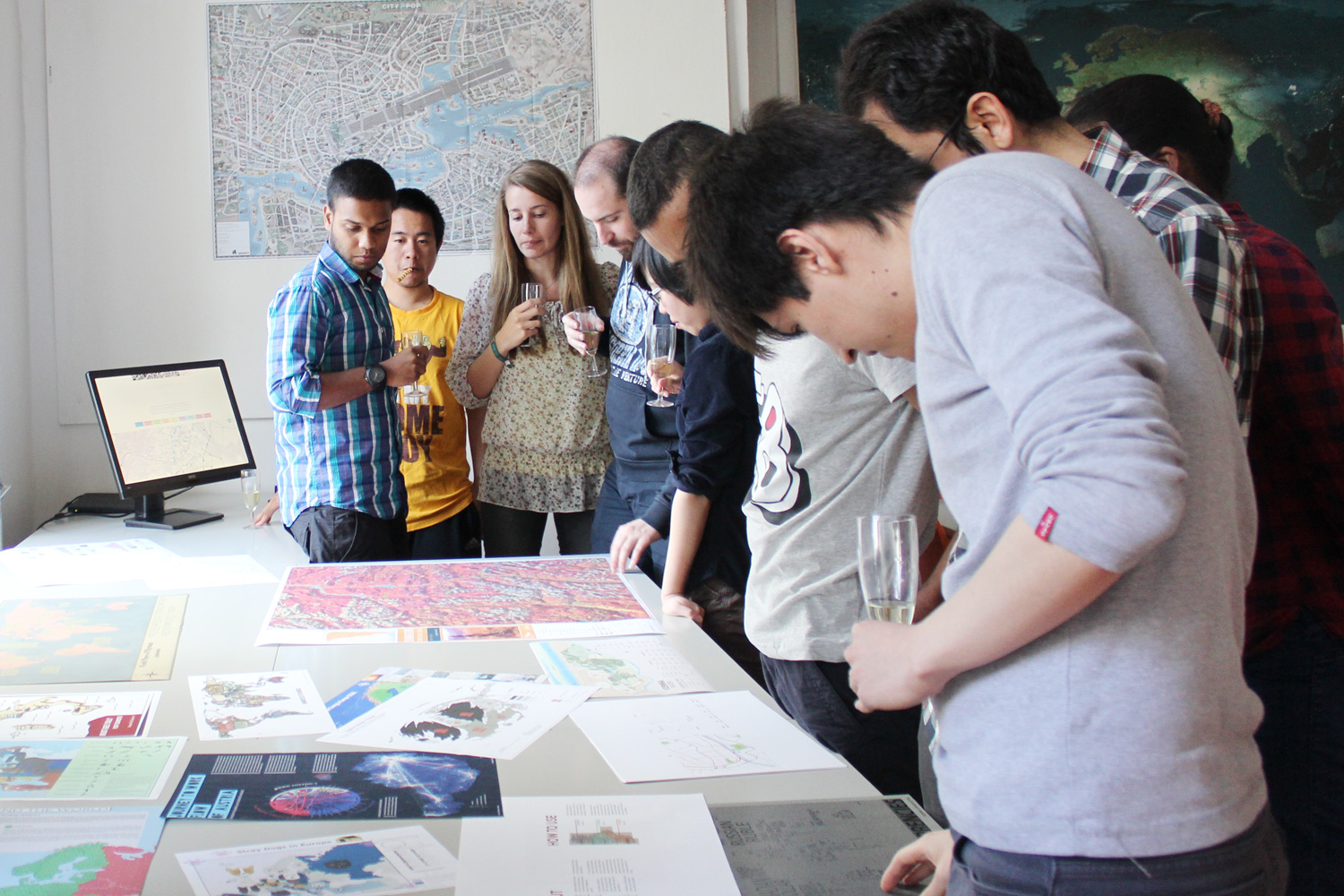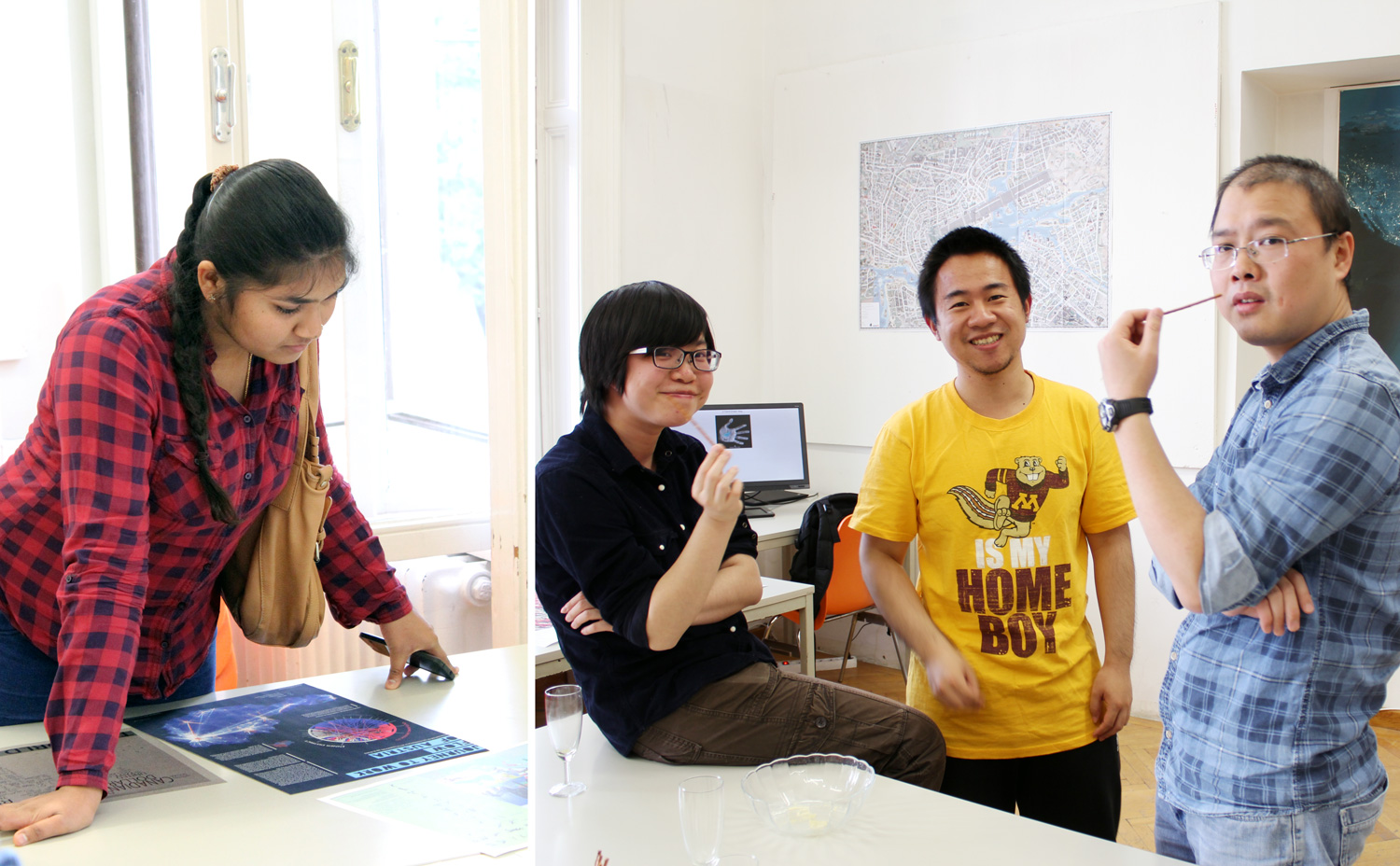We were very happy to host a CartoTalk by Wilhelm Berg, developer at Mapbox.
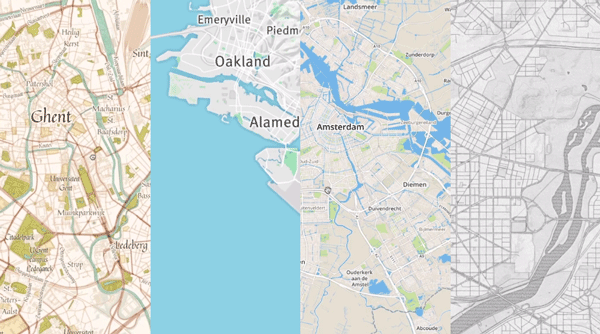
Abstract: Mapbox is a service provider offering map tiles – similar to Google, Microsoft or Apple. However, Mapbox puts a lot of focus on making it easy for developers to design custom maps for the web or mobile.
Mapbox is based on open data (OpenStreetMap) and open software, which is available on Github. Currently, over 470 repositories are offered, which cover a broad spectrum of functionalities from mapbox.js (based on Leaflet), to iOS C++ SDK, Android C++ SDK and Mapbox Studio (map design tool).
The talk will introduce some of the innovative solutions, which are created and published based on this, such as a cloudless atlas, Landsat live, MBTiles specifications, UTFGrid specifications and vector tile specifications.
Being a geographer and hydrologist by education Wilhelm Berg has used and programmed GIS since day one of his studies at university. For his company BergWerk GIS he has developed big data solutions ranging from desktop to web and mobile. Since 1,5 years he is partnering with Mapbox to ensure key Mapbox tools (mapnik, osmium, OSRM, Mapbox Studio, …) deliver the same performance and stability on Windows as on other operating systems.
Presentation file
Wednesday, 17 June 2015, 15:00
Forschungsgruppe Kartographie
Seminarraum 126
